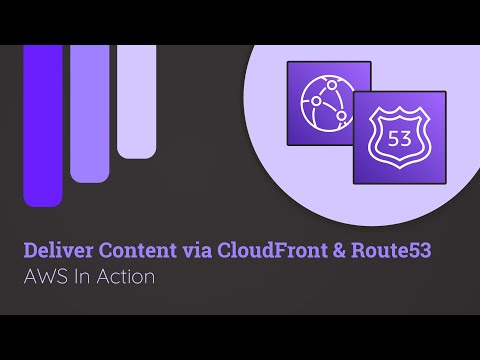Description:
Learn how to optimize content delivery and use custom domains with AWS services in this comprehensive tutorial. Explore CloudFront for efficient content caching at edge locations and Route 53 for domain registration and management. Follow along as the instructor demonstrates setting up a website on an EC2 instance, configuring custom domains with Route 53, and implementing CloudFront for improved content delivery. Discover how to work with elastic IP addresses, application load balancers, and SSL certificates. By the end of this hands-on guide, you'll have the skills to enhance your website's performance and user experience using AWS CloudFront and Route 53.

Optimizing Content Delivery with CloudFront and Using Custom Domains Route 53 - AWS in Action
Add to list
#Programming
#Cloud Computing
#Amazon Web Services (AWS)
#AWS CloudFront
#Amazon Route 53
#Information Security (InfoSec)
#Cybersecurity
#Web Security
#SSL Certificates
#Computer Science
#Load Balancing
#Application Load Balancer